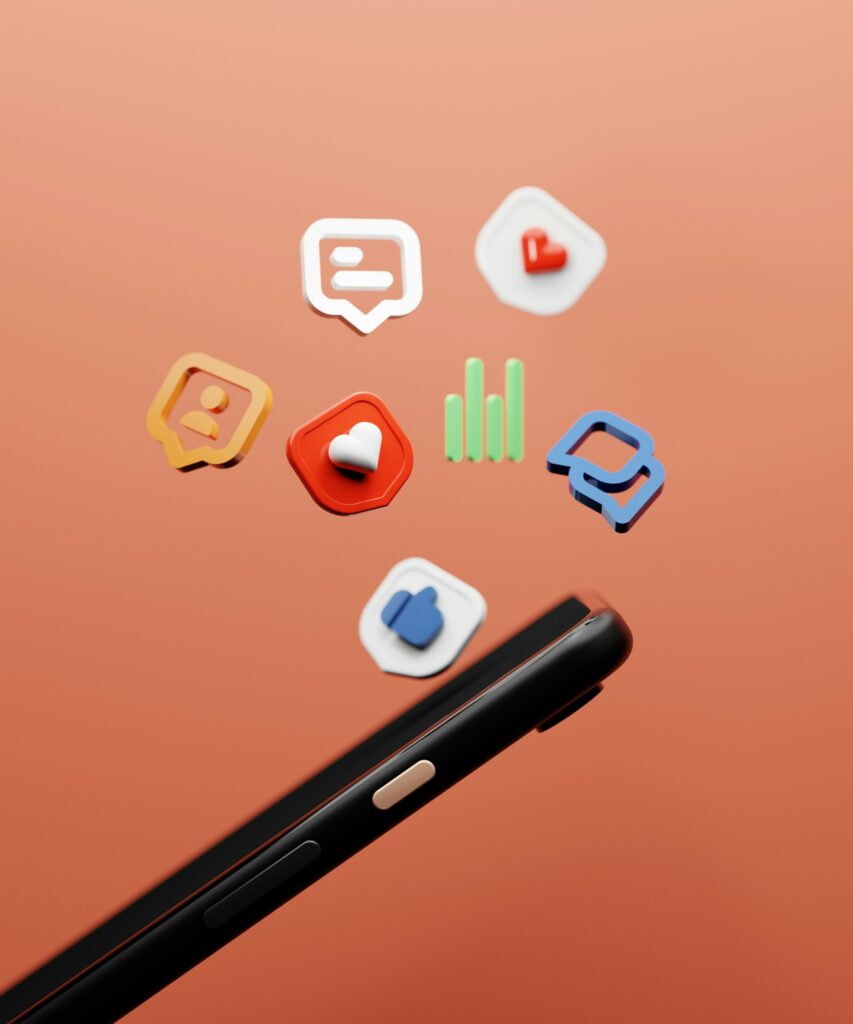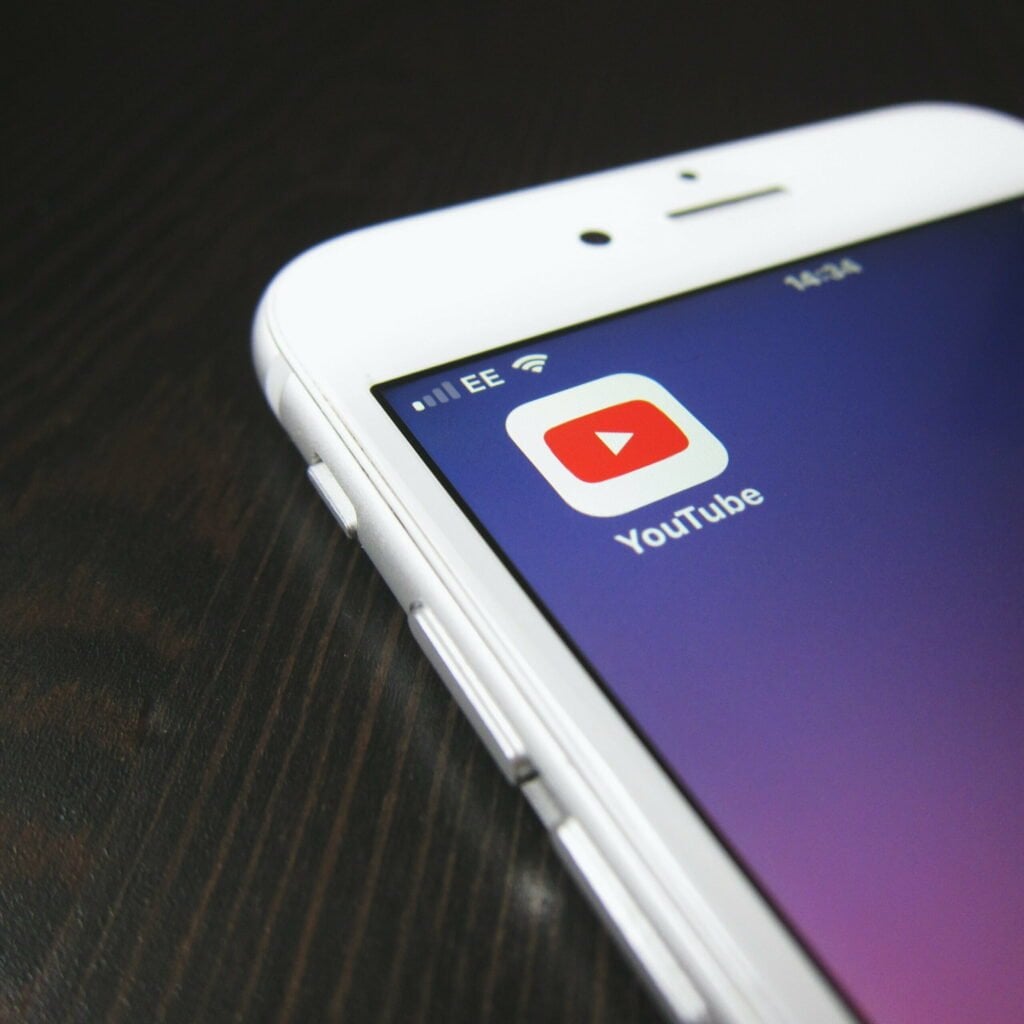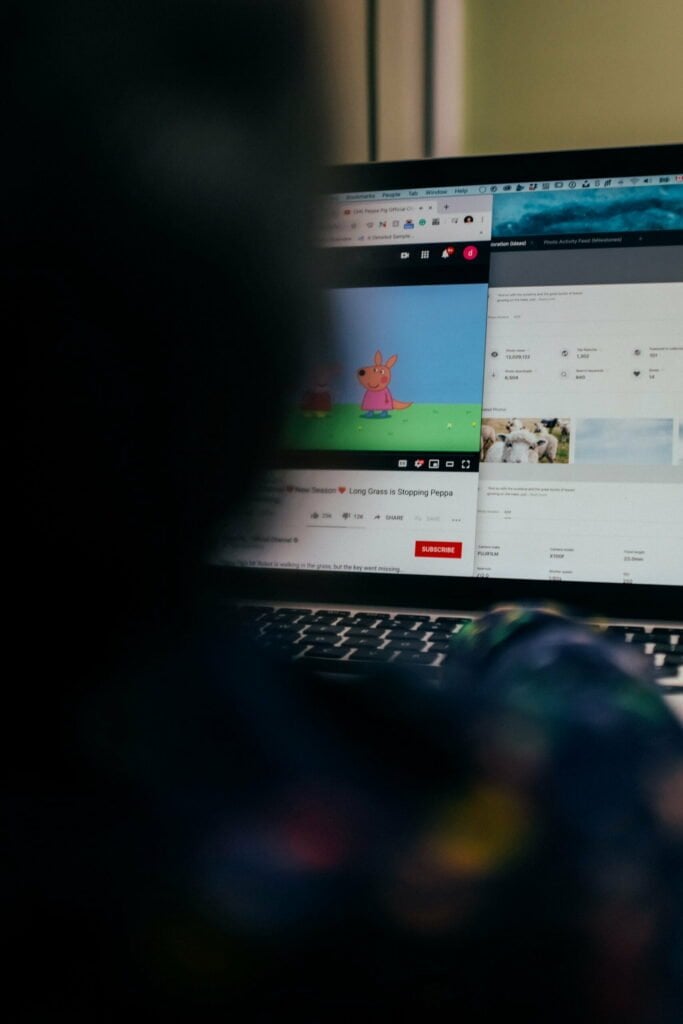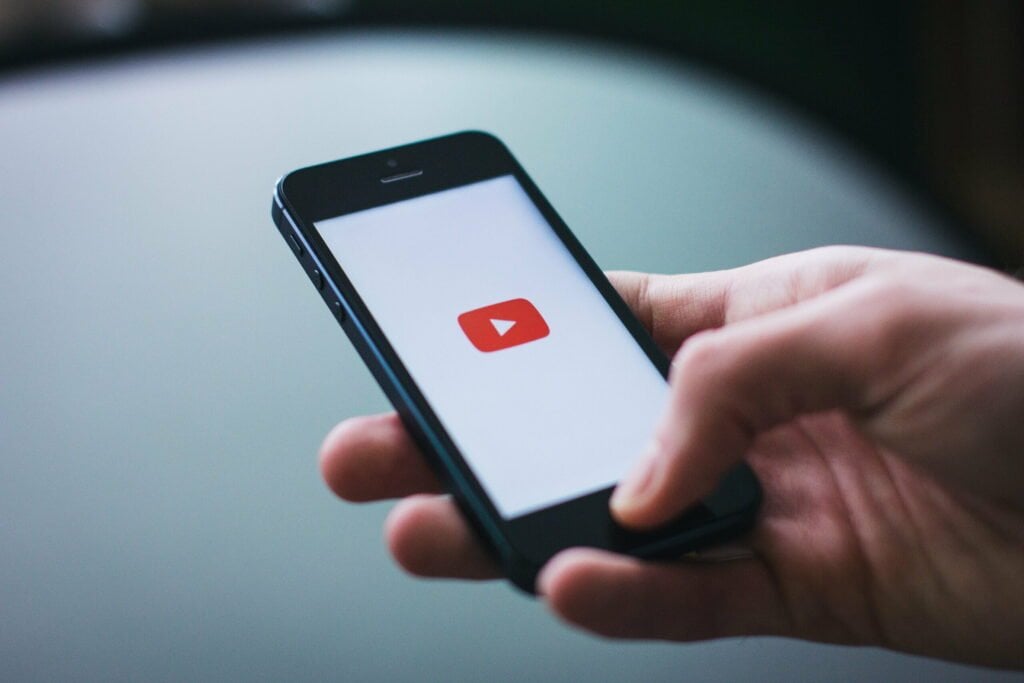Let’s face it: YouTube is a clusterfuck of content. You can find anything on the platform, from cat videos to full-length movies. But with great power comes great responsibility, and YouTube has found itself in the middle of a copyright shitstorm for years.
So, does YouTube prohibit piracy? The short answer is yes. The long answer is… it’s complicated.
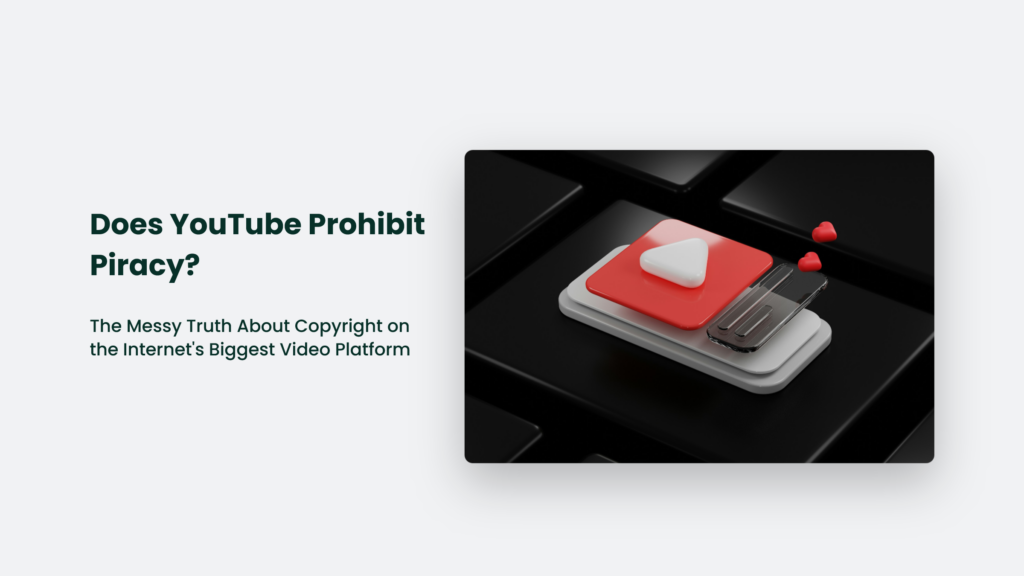
Does YouTube Prohibit Piracy: By the Numbers
Before we dive into YouTube’s policies, let’s take a look at some sobering statistics:
- In the first half of 2023, YouTube processed 980 million Content ID claims, a 25% increase from the previous year.
- Over 90% of Content ID claims are monetized by rightsholders rather than blocked.
- YouTube has paid out over $9 billion to rightsholders through the Content ID system as of December 2022.
Clearly, we’re not dealing with a small-scale issue here. It is the digital equivalent of the Wild West, and YouTube is trying to play sheriff.
YouTube’s Anti-Piracy Arsenal
YouTube isn’t just sitting on its ass while copyright infringement runs rampant. They’ve developed a few tools to combat the problem:
Content ID
Think of Content ID as YouTube’s digital bloodhound. It sniffs out potential copyright infringements by comparing uploaded videos against a database of copyrighted material. If it finds a match, it can:
- Block the video
- Monetize it for the copyright owner
- Track its viewership statistics
Copyright Strike System
YouTube’s three-strike policy is like baseball but with higher stakes. If you receive three copyright strikes within 90 days, your channel will be terminated faster than you can say “fair use.”
Manual Copyright Claims
When the algorithms fail, copyright owners can manually submit takedown requests. It’s like calling the principal’s office but for the Internet.
The Messy Reality of Copyright Enforcement on YouTube
YouTube’s copyright enforcement system is indeed a complex and often controversial topic. Let’s dive deeper into the challenges and realities faced by creators, rightsholders, and the platform itself.
False Positives: When the System Gets It Wrong
Content ID, YouTube’s automated copyright detection system, is not infallible. In fact, it’s prone to making mistakes that can significantly impact creators:
- Overreach: Content ID sometimes flags content that is clearly within fair use or even completely original. For example, in 2020, a creator’s video of white noise (literally just static) received five separate copyright claims.
- Misidentification: The system can mistake similar-sounding music or visually similar content for copyrighted material. It has led to claims on nature sounds, bird songs, and even silence.
- Legacy Issues: Older content that predates current copyright policies can be retroactively flagged, causing problems for long-standing channels.
These false positives can lead to demonetization, content removal, or even channel strikes, severely impacting a creator’s livelihood and reputation.
Abuse of the System: When Bad Actors Exploit Copyright Claims
Unfortunately, YouTube’s copyright system is sometimes weaponized by bad actors to censor or harass creators. This abuse can take several forms:
- Silencing criticism: Companies or individuals may file copyright claims against videos that criticize them, even if the use of copyrighted material falls under fair use.
- Competitive sabotage: Rival creators might temporarily file false claims to disable or demonetize a competitor’s videos.
- Extortion attempts: In some cases, individuals have tried to extort money from creators by threatening to file copyright strikes against their channels.
YouTube has taken steps to combat this abuse, such as terminating accounts that repeatedly make false claims. However, the ease of creating new accounts means this remains an ongoing challenge.
Fair Use Confusion: Navigating the Gray Areas
Perhaps the most contentious aspect of YouTube’s copyright enforcement is the interpretation of fair use. Fair use is a legal doctrine that allows limited use of copyrighted material without permission for purposes such as commentary, criticism, parody, news reporting, teaching, scholarship, or research.
The problem is that fair use is not a clear-cut rule but rather a set of guidelines often subject to interpretation. This ambiguity leads to several issues:
- Inconsistent application: What one copyright holder considers fair use, another might claim as infringement.
- Chilling effect on creativity: Creators may self-censor or avoid certain types of content out of fear of copyright strikes.
- Burden of proof: When a claim is made, the creator often has to prove fair use, which can be time-consuming and stressful.
The Creator’s Dilemma: Walking the Copyright Tightrope
For YouTube content creators, navigating copyright issues can feel like walking a tightrope. On one side, there’s the freedom to create and express oneself. On the other, there’s the constant threat of copyright strikes and demonetization.
Strategies for Avoiding Copyright Issues
Create Original Content
- The safest way to avoid copyright issues is to create entirely original content. It includes:
- Writing your scripts
- Composing original music
- Creating your graphics and animations
Use Royalty-Free Resources
- Many platforms offer royalty-free music, images, and video clips that can be used in YouTube videos without fear of copyright claims. Some popular options include:
- YouTube’s Audio Library.
- Creative Commons licensed content
- Stock media websites with YouTube-safe licenses
Understand and Apply Fair Use Principles
- While fair use can be complex, understanding its basic principles can help creators make informed decisions:
- Purpose and character of the use (e.g., commercial vs. educational)
- Nature of the copyrighted work
- Amount and substantiality of the portion used
- Effect on the potential market for the original work
Obtain Proper Permissions
- When in doubt, it’s always best to seek permission from copyright holders. This might involve:
- Reaching out to artists or record labels for music usage rig
- hts
- Contacting video creators for permission to use clips
- Purchasing licenses for commercial use of copyrighted material
The Bottom Line
Does YouTube prohibit piracy? Yes, but with all the effectiveness of a screen door on a submarine. The platform is trying, but the sheer volume of content and the complexity of copyright law make perfect enforcement impossible. So, the next time you’re tempted to upload that full episode of “Game of Thrones,” remember that YouTube is watching. And so are the copyright lawyers.
Frequently Asked Questions:
Can I use copyrighted music in my YouTube videos?
It’s best to avoid copyrighted music unless you want to play Russian roulette with your channel, or unless you have permission or it falls under fair use.
What happens if I get a copyright strike?
You’ll be sent to YouTube’s version of detention (Copyright School) and lose some privileges. Three strikes and you’re out… of YouTube, that is
Is it okay to use someone else’s YouTube video in my own?
About as okay as wearing white to someone else’s wedding. Always get permission first.

